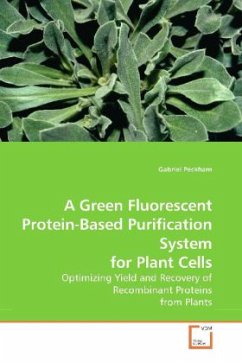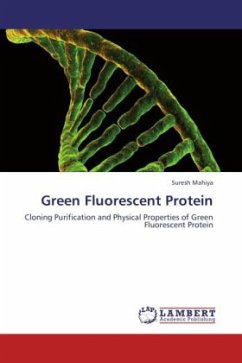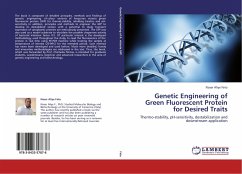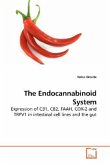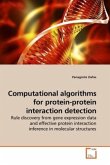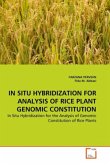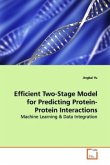Purifying recombinant proteins from plants is often met with difficulties due to the complexity of plant cell extracts. Issues include high levels of protease activity, tannin and phenolic reactivity and hydrophobic aggregation. Difficulties in extraction and purification are major hurdles preventing the routine use of plants and plant suspension cells as bioreactors. Reporter molecules, such as green fluorescent protein, are often used to monitor recombinant protein expression levels. Therefore, a purification strategy was developed taking advantage of this commonly used reporter molecule. Although previous methods have been developed for purifying GFP, these strategies often included exposure to protein-denaturing solvents or required gel filtration and protein concentrating steps. This work details a strategy that optimizes yield and purity without jeopardizing the integrity of the fusion protein.
Bitte wählen Sie Ihr Anliegen aus.
Rechnungen
Retourenschein anfordern
Bestellstatus
Storno

